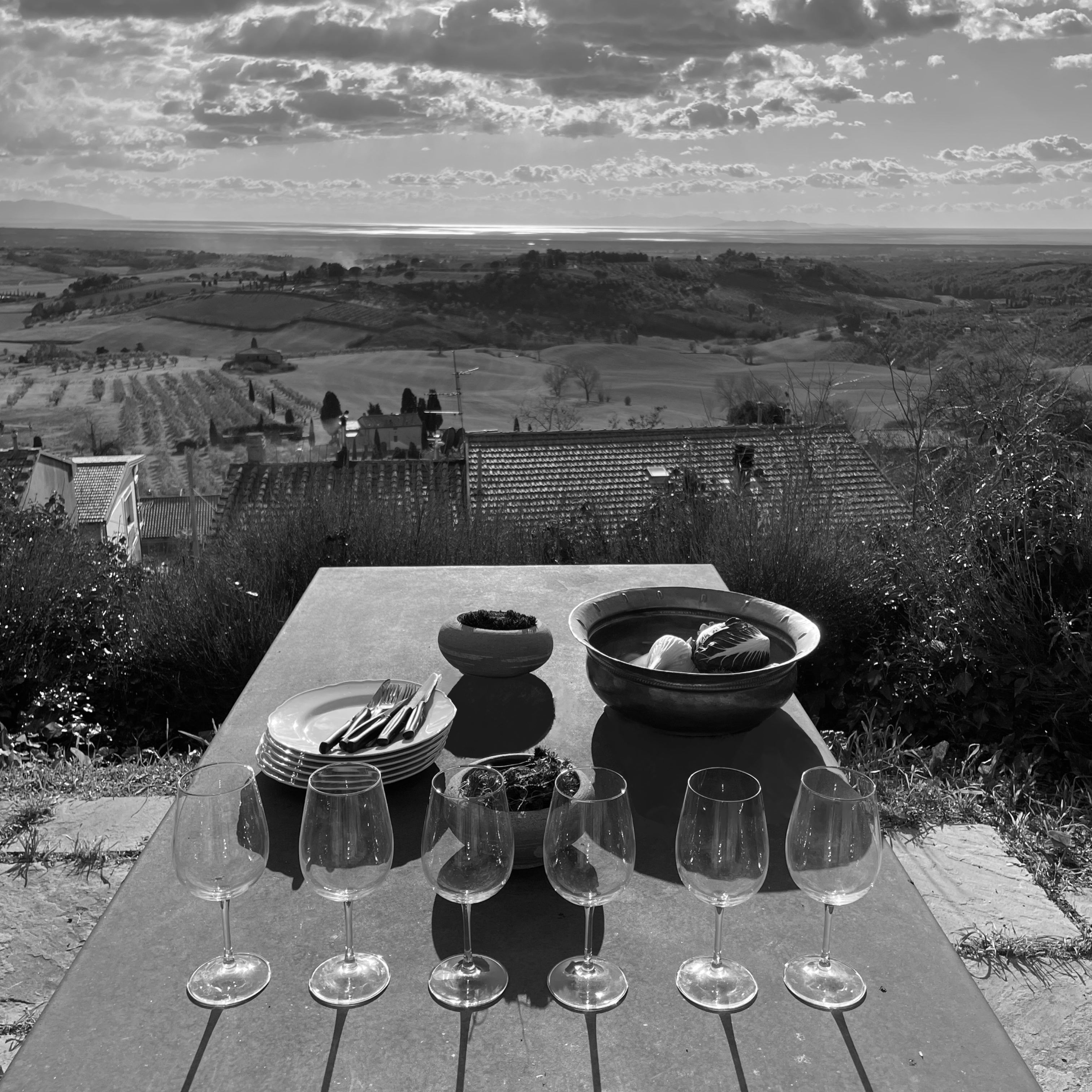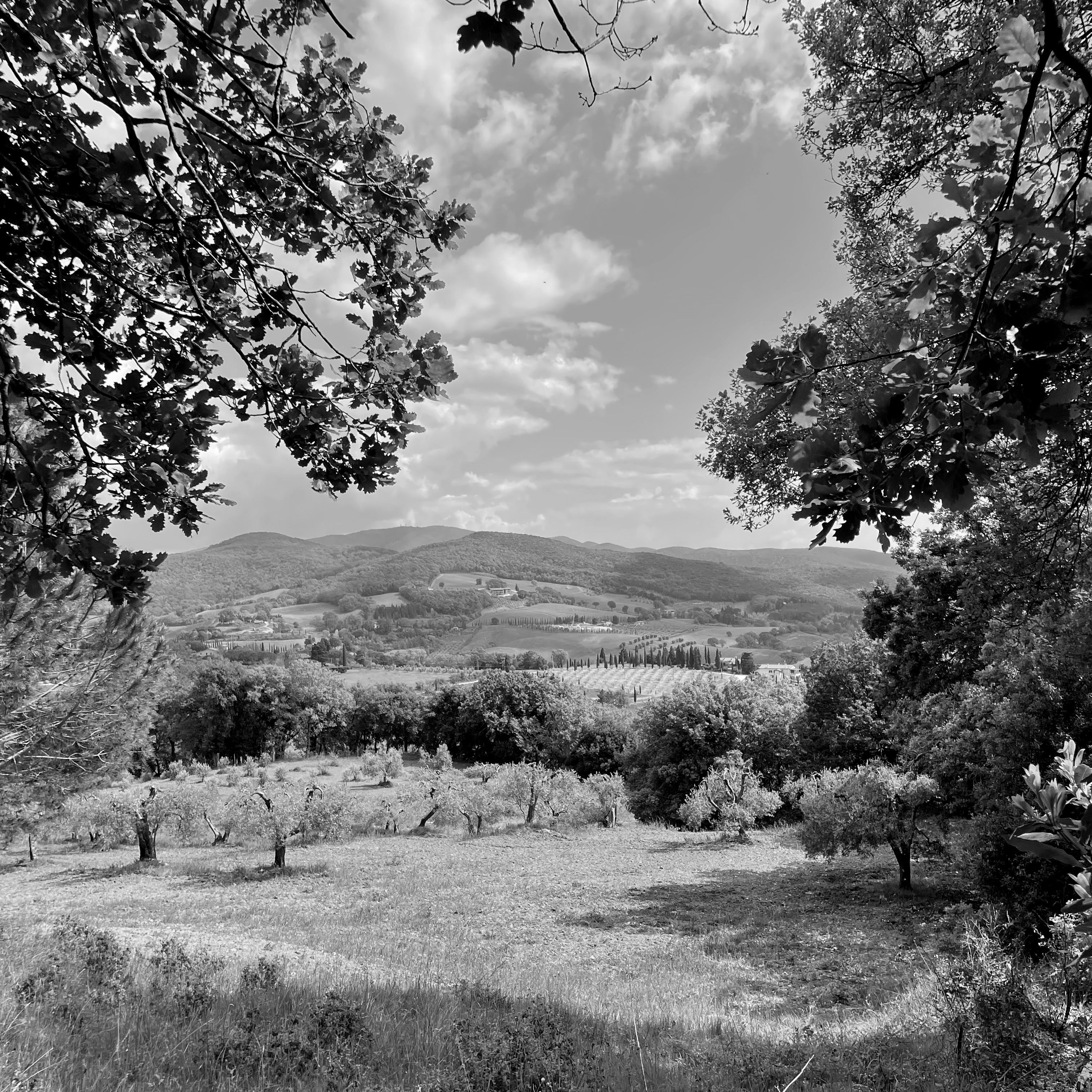Article: Pairing Down on Wine's Biggest Problem

Pairing Down on Wine's Biggest Problem
Younger consumers aren’t buying as much wine as their predecessors. It is a well-established fact at this point. As someone who identifies with both Millenials and Gen Z, I suspect the lack luster interest is a combination of cost, confusion, and concern about well-being. For instance, wines by the glass on restaurant menus are often twice as expensive as beer, and it can be challenging to make informed decisions even if you work in the industry. Moreover, alcohol’s impact on health is compromising when consumed in excess. Moving forward, we need to address these issues and counterbalance them with wine’s key strengths. A great place to start is promoting accessible food and wine pairings in restaurants.
Pairing food and wine seems to be where many people are simultaneously most interested and confused. This issue stems from the standard discourse around pairing wine with protein. Personally, the most ubiquitous yet underwhelming pairing is an astringent red wine and steak. This is based on counterbalancing astringency with high protein and fatty-rich foods that for me fall flat on the palate. Instead of harmonizing together, they cancel each other out. I think it is much more interesting to pair food with distinctive wines of a particular style.
One of wine’s greatest strengths is its diversity of flavors. White Claw can’t market black cherry and barnyard, but wine miraculously can. Not only that, but these complex flavor combinations are powerful pairing components that the food and beverage industries should capitalize on. Making wine essential to the restaurant experience is key for attracting young consumers. Restaurants should incorporate by-the-glass pairings for each dish, making informed decisions much more accessible to the uninitiated. Finally, alcohol's detrimental effects are exacerbated on an empty stomach. Food helps slow the absorbance of alcohol and, therefore, serves as a healthful buffer. Affordable, by-the-glass offerings supporting the moderate consumption of alcohol may be the wine and spirits industry’s best bet yet.
Bound’s Fundamental Pairing Guide
The basics of wine pairing revolve around different tastes and how they meld together. Acidity cuts sweetness, sweetness cuts bitterness, and so on. This is a great foundation, but in order to go from good to great, one has to focus on harmonizing flavors (aroma + taste). Distinctive wines with stand out qualities are more interesting, and can be incorporated into the dish almost as if a supplemental ingredient. Finally, pairing wines with their respective cuisines of geographic origin is a great foundation for harmonizing flavors. The following is a breakdown of these points.
Step One: All in Good Taste
As mentioned before, the core of traditional food and wine pairing lies in taste. Specific taste combinations can add or subtract from one another, thus serving as a basic selection criteria. To me it often indicates what to avoid rather than what to embrace. For instance, if you are not a fan of bitterness, you might pair the wine with salty or sweet food to mask it. Ultimately, whether or not a taste is appealing is both culturally and personally subjective. Below is a concise list of taste interactions for reference.
- Acidity decreases sweetness.
- Saltiness decreases acidity.
- Sweetness and saltiness decrease bitterness.
- Fattiness decreases astringency, acidity, and bitterness.
- Alcohol and carbonation increase spiciness.
- Umami increases bitterness and astringency.
Step Two: Complement Flavor Intensities, Not Flavors
Complementary pairings are your standard safe pairings intuitively made based on a myriad of food and wine characteristics, most notably flavor intensity. We pair lighter foods with lighter wines (salad and white wine) and heavier foods with richer wines (lean meat and red wine). While there is nothing wrong with matching food and wine flavors, I don’t find it particularly interesting. The food often obstructs the similar wine flavors, thus contributing to an adequate and forgettable experience.
Step Three: Leave Perfection Behind
There is a saying in the wine industry “Buy on apples, and sell on cheese.” The reason is that the crisp acidity of an apple will reveal the flaws of the wine whereas a fatty cheese will hide them. In addition, the contrasting flavor profile of cheese harmonizes distinctly well with almost every wine style making it one of the most classic and reliable pairings. But aside from avoiding outright spoilage, it is worthwhile considering that perfect wines aren't the best for food pairing. Instead, more distinctive styles made by intrepid producers not seeking points validation take the cake. The following are options for contrasting pairings.
Step 3: Pair by Proximity
With very little knowledge, one can seek out distinctive food and wine pairings by utilizing the cuisine's geographic origin. For example: Rice Wine and Chinese food, Saké and Japanese food, Sotol and Mexican food, Madeira and Portuguese food, or Sherry and Spanish food. Alone, these beverages may be an acquired taste, but with food, they sing. Restaurants specializing in a particular cuisine can leverage these wines and spirits to create an enriching experience.
- China: Huangjiu (黄酒), or yellow wine, from China has a flavor profile akin to blue cheese due to its traditional fermentation that encourages mold and bacteria growth. Aged Huangjiu especially can exhibit complex, savory, umami, and nutty flavors that pair great with Chinese Food.
- Japan: Sake (日本酒), often referred to as rice wine, is actually brewed more like beer. The following three substyles are progressively more polished as the producers remove the increasing amounts of rice hull (30%, 40%, and 50%, respectively). Junmai (純米酒), with its full body, matches heartier meals, while the aromatic Ginjo (吟醸酒) complements lighter fare like salads. Daiginjo (大吟醸酒), even more refined, is ideal with delicate flavors such as sushi.
- Mexico: Sotol, a distilled spirit crafted from the Desert Spoon plant, boasts earthy, herbaceous, and smoky flavors, making it a profound food pairing spirit, especially with flavorful Mexican cuisine.
- Portugal: Madeira is a fortified wine from the Portuguese archipelago of Madeira, off the coast of Africa. The dry versions (from Sercial, for example) offer crisp acidity with a nutty, complex character, while the sweeter styles (like those from Malmsey) provide rich, luscious flavors of toffee, walnut, caramel, and stewed fruit.
- Spain: Sherry is a fortified wine with a distinct oxidated characteristic. Dry Sherries like Fino and Manzanilla are light and crisp with almond and brine notes, while Amontillado and Palo Cortado offer a balance of nuttiness and richness. Oloroso is darker and more oxidized, boasting rich flavors of dried fruit and spices.
Cover image by Deep AI.


